Making Documentaries:
How To Cover Breaking News
When there's breaking news.. you may be tempted to pick up your camera and document the stories unfolding in front of you.
If you are doubting... Follow your instinct!
Don't let those voices inside your head hold you back. If you're curious or intrigued, go forth dear storyteller!
While television journalists are covering these stories for the nightly news or live broadcasts, as a documentary filmmaker, YOU are gathering the elements of your story, presumably, to be crafted together over the following months or even years.
To help you out, we've put together a few tips and ideas on how to cover a breaking news story.
Look for compelling characters to follow
Often, the best way to tell a story is through the eyes of those experiencing the event first-hand.
Although it’s tempting to run around like a "chicken with it’s head cut off", you will end up with a lot of footage and no real story to tell.
So of course, get the footage you need. And when you meet someone who has that special “it” factor, stick with them for as long as needed. Follow-up with that person the next day or the next week or next month.
Go along with them as they make difficult decisions and encounter interesting situations. Capture them as they respond and react.
A great example documentary to watch is THE SQUARE.
Follow Leads
Does someone give you a nugget of information that seems odd or interesting? Follow the leads and see where it takes you. Triple fact-check.
Don't Worry About The Story. Just Shoot
When first arriving on the scene, don’t try to interpret what’s going on. Just SHOOT. See something odd or interesting? Shoot it. Notice someone having an interesting reaction? Shoot it. Is the situation eerily quiet? Shoot it.
You can sort out what it all means later.
Walk Up To The Action
Don’t be shy. Get in the middle of the action. Up close is where you’ll find the energy and emotion of the story.
Here's an example of some raw footage shot by Brandon Jourdan as part of the George Floyd protest in Oakland, California. (Warning: foul language)
Stay Safe
Yes, get in the middle of the action, but ALWAYS keep safety first. No story is worth the loss of your life.
One idea, if you can possibly arrange it, is to have at least one other person with you to be your eyes and ears while you're shooting. Someone who can pull you out of trouble and point you towards potential hazards and opportunities.
Interview people in the moment when they are most passionate.
If you notice someone protesting or displaying emotion such as joy, anger or happiness. Don’t wait. Grab an interview right there while the person is in the moment and the situation is fresh and raw.
Even if the lighting and background aren’t perfect. It’s the emotional and authentic moments that will carry the story later.
Tip! Make sure to get interview subjects to say (and spell) their name on camera and make sure they sign a release! Yes, this is tough in a chaotic situation, so do your best. You will likely need to follow-up with the person when things calm down. For all-things legal, check out our brand new Documentary Legal Tool Kit.
Get A Variety Of Angles
While out shooting a breaking story, make sure to get a variety of shots including close-ups, wide shots, shooting from down low, from above, etc.
Get close-ups of faces, feet and signs, while also getting wide shots to show the scope of the crowds, including drone shots.
And get different TYPES of shots. Get a mix of chaotic shots and also steady shots on tripods. Get gritty shots and poetic shots.
Ask yourself, "What can I do that is super creative and shoot in a way that no one else is shooting?"
Get A Variety of View Points
Unless you have a very specific goal for the story you’re going to tell, it’s important to get a variety of opinions and viewpoints to get a well rounded view of the situation and the event.
Interview old, young, liberals, conservatives, politicians, police, radicals, moderates and everything in between.
Get The Obvious (And Not So Obvious)
Point your camera in areas not seen by the news. Get UNIQUE angles and unique sides to the story.
Notice where all the news crews are going and go in the opposite direction. Get the angle no one else is getting. Get the interview no one else is getting.
Be Willing To Pivot
You may have shown up to a breaking news event for one story, but another unexpected angle may be revealed to you. Be ready and willing to pivot to a story you hadn't expected. You could end up with something far greater than you ever imaged.
That's what happened with the Academy-nominated documentary Virunga.
The director, Orlando von Einsiedel, originally went to Virunga National Park to cover a positive story of tourism, yet within three weeks of arriving, a rebellion emerged and completely shifted the focus of the film toward the conflict.
Be Brave
It takes guts to get in the middle of a story. Be brave. Be courageous. If you begin to feel fear, go TOWARDS that fear because your gut is telling you it's something important. (Of course that's not referring to the fear that involves your safety.. but fear that involves a piece of the story that is necessary to expose but others may want to keep hidden.)
Tell the story only YOU can tell.
"Make visible what, without you, might perhaps never have been seen."
- Robert Bresson, French Film Director
Additional Resources
- Step-By-Step: How To Make A Documentary
- Documentary Gear Check-List
- Filmmaking Resources: Fake News & Fact Checking
- Documentary Legal Tool Kit
Your Experience Shooting Breaking News
Please share below your own experiences shooting a breaking news story.
Ready To Make Your Dream Documentary?
Sign up for our exclusive 7-day crash course and learn step-by-step how to make a documentary from idea to completed movie!
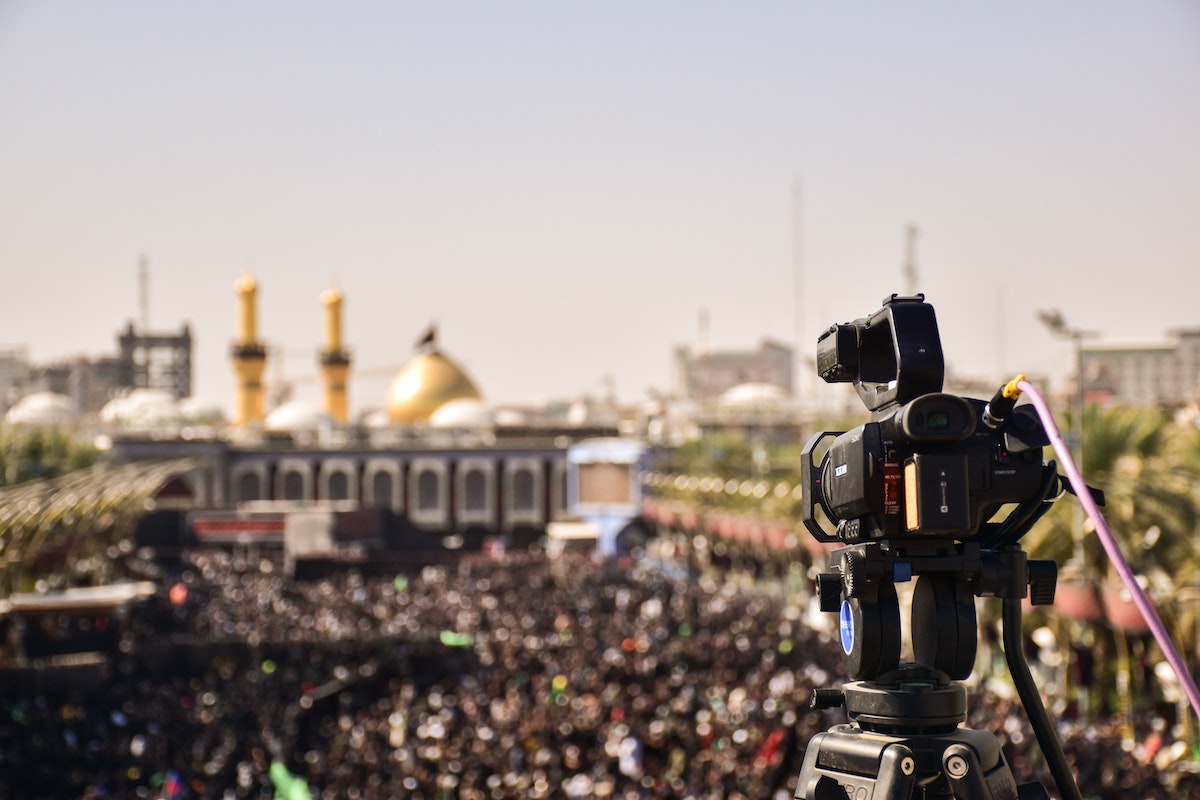
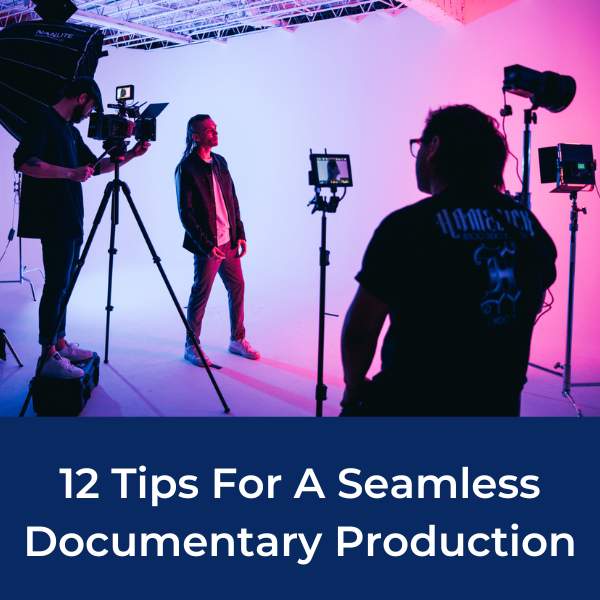

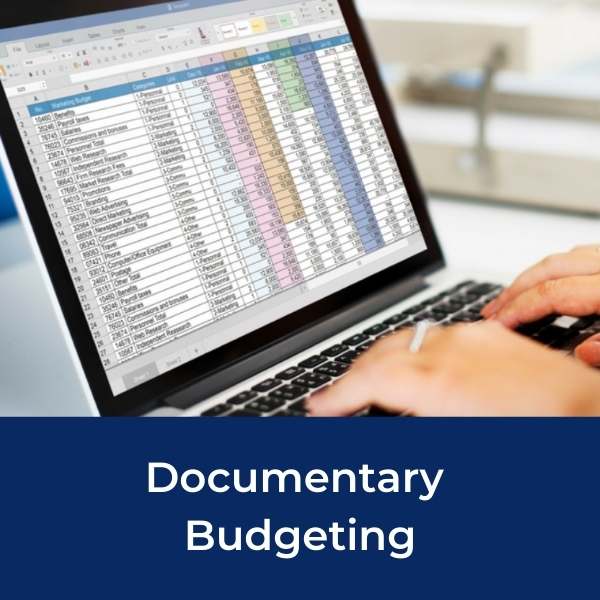

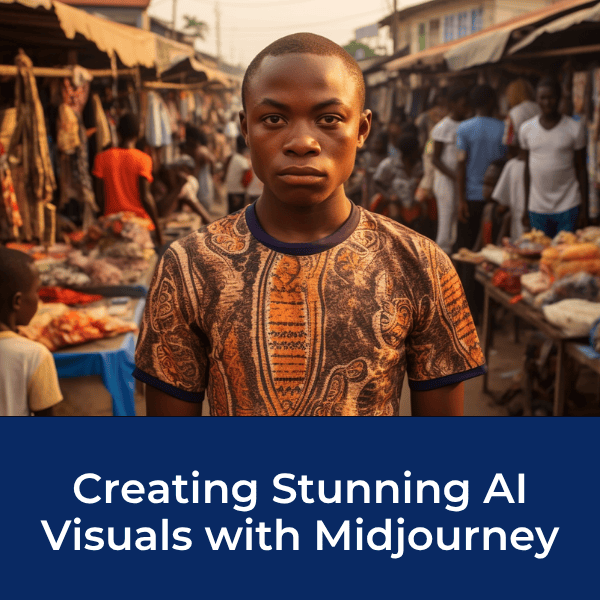
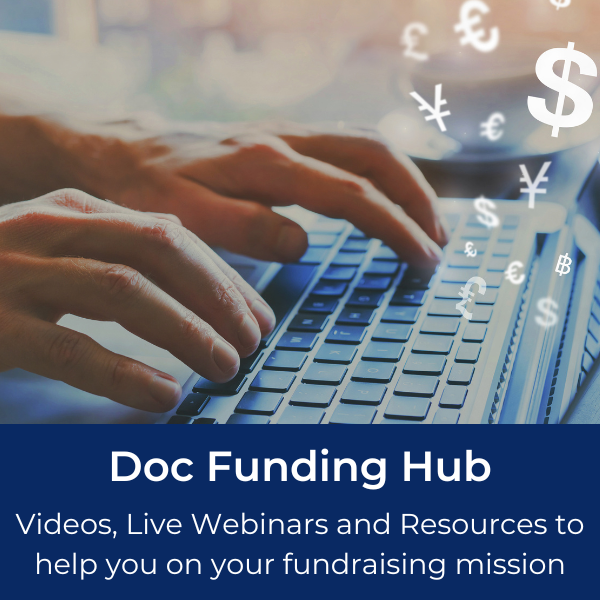




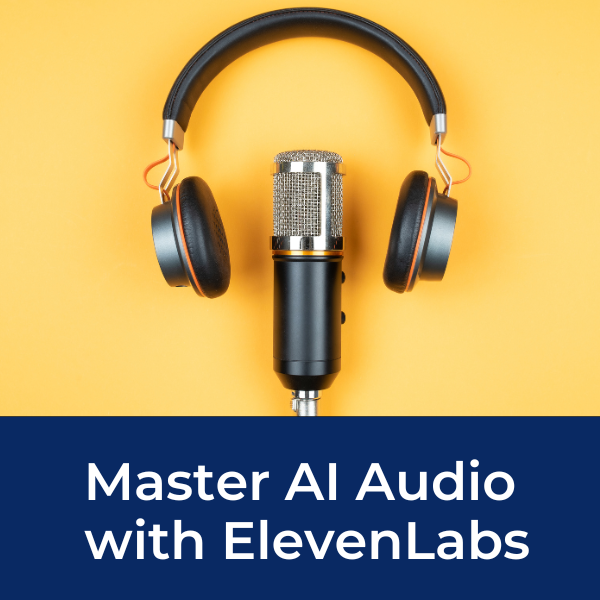



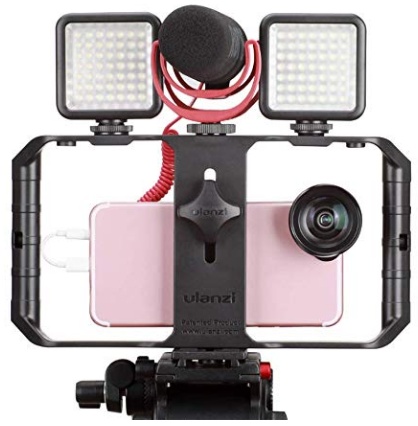
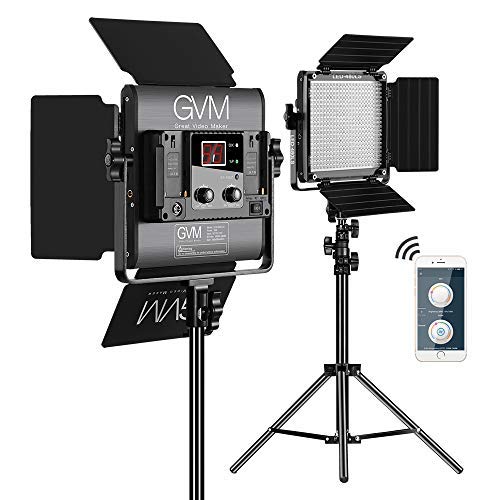
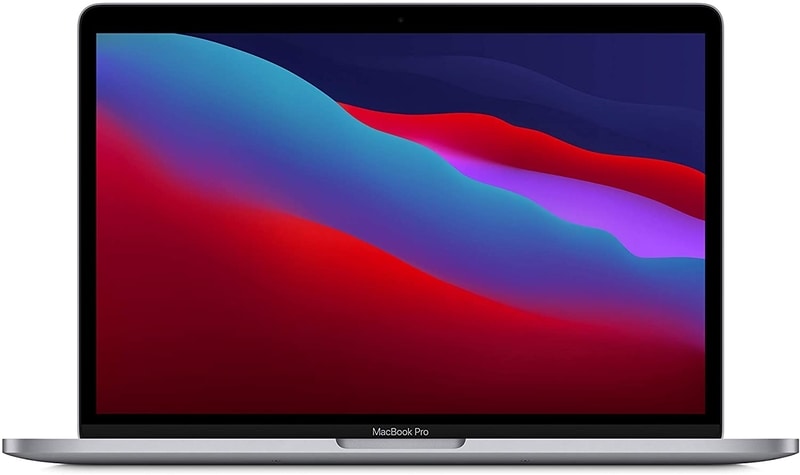
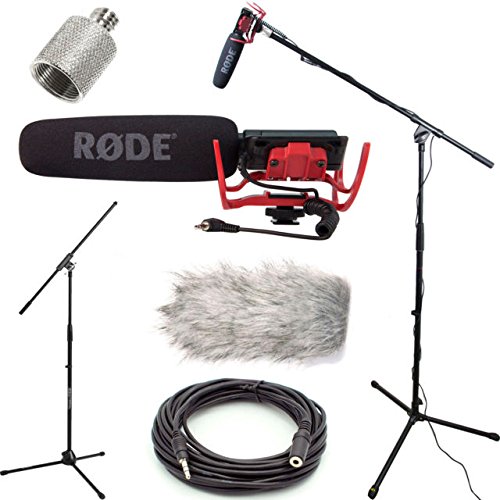
New! Comments
[To ensure your comment gets posted, please avoid using external links/URL's]